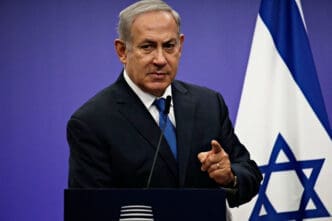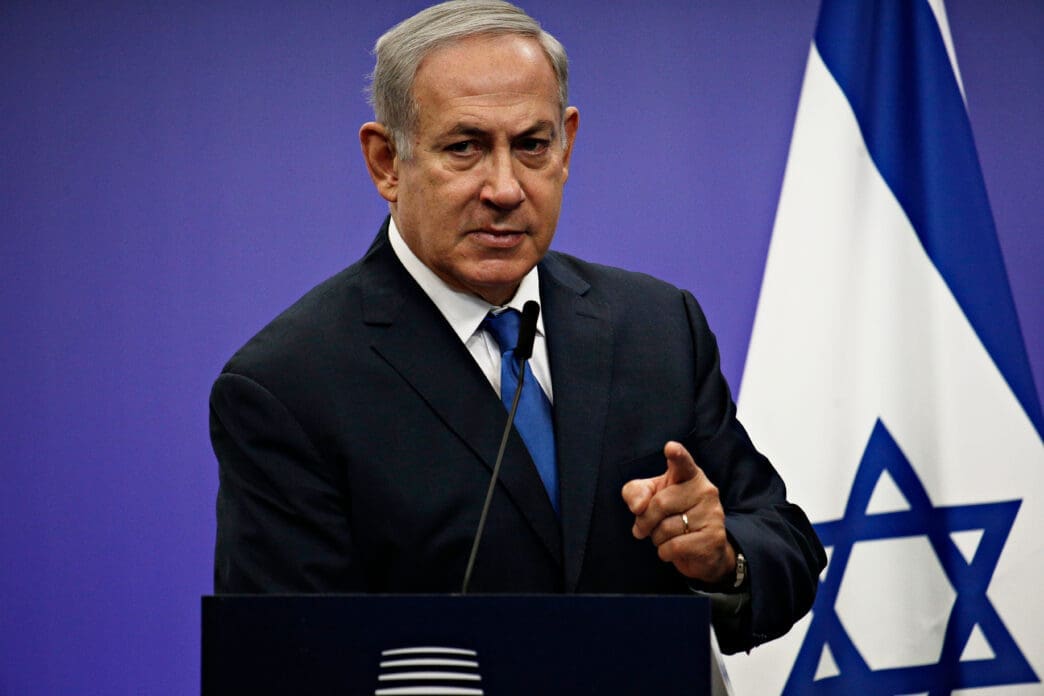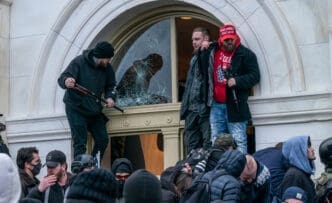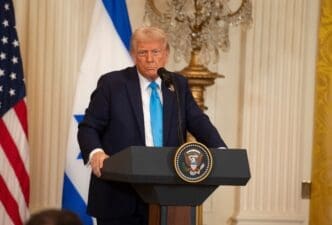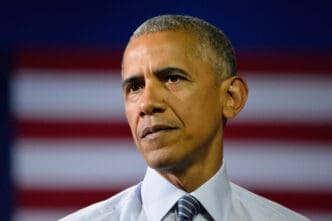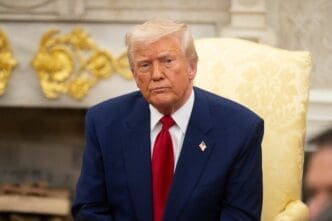Executive Summary
The Story So Far
Why This Matters
Who Thinks What?
President Donald Trump has declared the Israel-Hamas war officially over following a ceasefire agreement signed in Egypt, a move he hopes will pave the way for broader Middle East peace. However, Israeli Prime Minister Benjamin Netanyahu has publicly stated that the military campaign is not finished, highlighting persistent security threats and pressure from his coalition government.
Ceasefire and Differing Declarations
Trump’s recent visit to the Middle East, which included stops in Israel and Egypt, marked the implementation of a ceasefire that led to the release of hostages held in Gaza and a halt to the two-year bombing campaign. The conflict had escalated following Hamas’ deadly attack on October 7, 2023.
During a speech to the Israeli Knesset, President Trump lauded Prime Minister Netanyahu, praising him for having the “guts” to recognize the opportune moment to conclude the military operation. Trump asserted that Israel had “won all that they can by force of arms” and that the war was unequivocally over.
In contrast, Netanyahu maintained that the military campaign “wasn’t over” due to ongoing threats to Israel’s security and pressure from far-right members of his coalition government. The Israeli leader notably declined to travel with Trump to Sharm el-Sheikh, Egypt, for the official signing of the ceasefire agreement.
Vision for Regional Transformation
Despite the divergence in immediate declarations, Trump articulated a vision for a transformed Middle East. He aims to expand the Abraham Accords, which normalized diplomatic ties between Israel and several Arab nations during his first term, and to eventually bring Iran into a broader regional realignment.
Secretary of State Marco Rubio, speaking alongside President Trump in Egypt, emphasized this ambitious goal. Rubio stated that the ongoing diplomatic efforts are not merely focused on rebuilding Gaza but are fundamentally about “transforming the region.”
Challenges Ahead
The path to realizing this extensive vision faces significant obstacles. Gulf nations, which President Trump suggested were eager to fund Gaza’s reconstruction, have indicated they would not commit financially without firm assurances that Israel would not resume its bombing campaign. Furthermore, many leaders, including Saudi Crown Prince Mohammed bin Salman, seek clear signals that the process will ultimately lead to the establishment of a Palestinian state.
Trump acknowledged the complexities of negotiating with Netanyahu, whom he described as “not the easiest guy to deal with.” The President also made an unusual intervention into Israeli domestic politics during his Knesset speech, urging Israel’s president to grant Netanyahu a pardon amidst his ongoing corruption trial, referencing accusations of receiving expensive gifts.
Diplomatic efforts to implement the next, more complex phases of the deal have already commenced, with presidential envoy Steve Witkoff and Jared Kushner leading the charge. They anticipate a significant presence in the region under President Trump’s direction.
Uncertain Future
The immediate future of the Middle East remains uncertain, marked by a ceasefire that President Trump hails as a definitive end to the conflict, yet Prime Minister Netanyahu views as a temporary pause in an ongoing struggle. The success of Trump’s ambitious vision for regional peace and prosperity hinges on navigating these divergent perspectives and securing complex commitments from various stakeholders.

